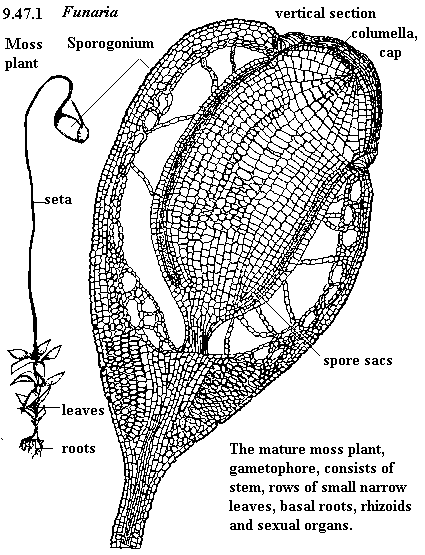Its a study matarials Zoology and Botany.Its become fresh and update in your life.Information of Tgt and Pgt (UP) see on official website www.upmsessb.org.


Fly high and Reach the Goal
This Website is for Post graduate teacher Examination and Trained Graduates teacher Examination for UP. It is a very important site for graduates and Post- graduates Students of all Indain University and other universities.This site encloses many important and useful information about Biology. Suggestions from teachers and students for the improvement of the website shall be highly appreciated.Thanks

Its a study matarials Zoology and Botany.Its become fresh and update in your life.Information of Tgt and Pgt (UP) see on official website www.upmsessb.org.

GENERAL: The Structure, Format, Content, and Style of a Journal-Style Scientific Paper.
Absorption of water
Importance of water:
. An excellent solvent.
. Acts as a reagent.
.It helps in the maintenance of the turgidity of the plant body.
.Temperature maintainance.
. Help in translocation of chemical substances.
. Water help in respiration.
. Reduction of carbon die oxide in photosynthesis, growth, absorptions of dissolve substances
Water molecule make hydrozen bonds.Hydrogen bonds define as a electrostatics attraction between the positively charged region of the molecule and the negatively charged region of a neighbouring one.

Phylum PROTOZOA
Amoeba cell
10. Trypanosoma gambiense =fatal disease the sleeping sickness.
11. T. brucei =African cattle and causes fatal disease called Nagana.
12. T.cruzi =Chagas disease.


BRYOPHYTA
Characterstics
Life cycle
.
Pk arya Copyright 2014